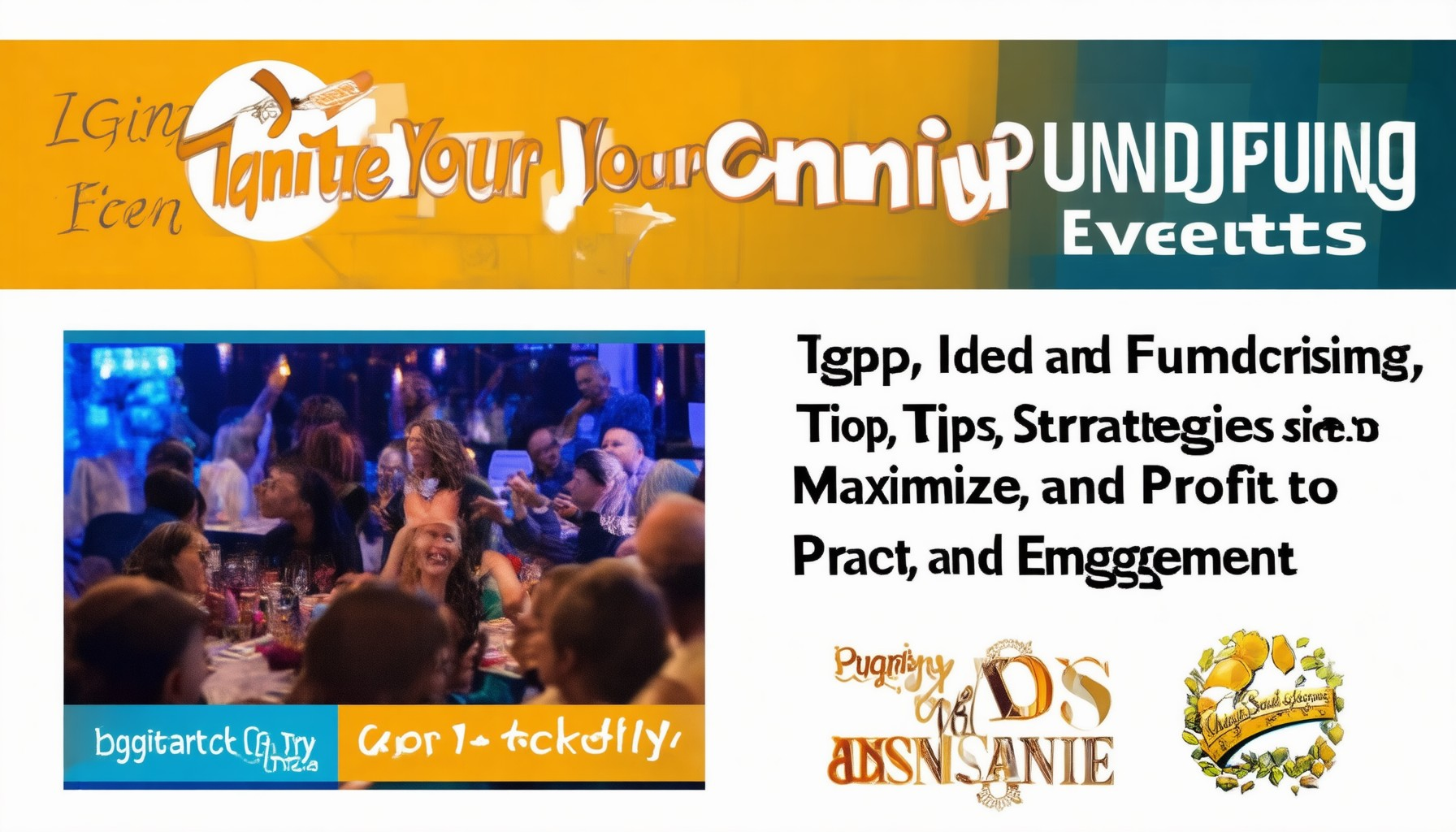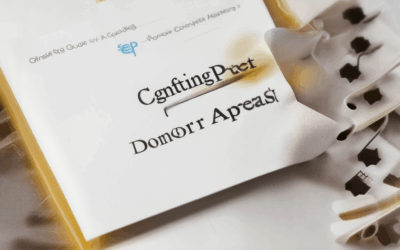Community fundraising events are pivotal in uniting people, fostering connections, and driving meaningful impact. Whether you’re organizing a charity auction, planning a gala, or hosting a marathon, these events are not just about raising funds—they’re about creating memorable experiences that inspire lasting engagement. With the right ideas, tips, and strategies, your community fundraising event can achieve remarkable results, boosting both profit and participation. From exploring the most profitable event types to mastering the 3-to-1 rule for fundraising success, this guide offers actionable insights to help you craft unforgettable events that resonate with your audience and exceed your goals. Discover how to leverage creative fundraising ideas, navigate the 4 Ps of fundraising, and apply the rule of 7 to build lasting donor relationships. Let’s ignite your community fundraising events with expertise and innovation, ensuring every event elevates your mission and strengthens your bonds.
Key Takeaways
– Clarity and Alignment: Understand your event’s purpose, set clear goals, and align strategies to maximize profit and engagement.
– Effective Pricing: Clearly communicate your funding requirements to inspire donations and ensure transparency.
– Broad Reach and Promotional Strategy: Leverage diverse channels, from social media to partnerships, to expand your event’s visibility.
– Emotional Appeal: Use compelling stories and influential voices to resonate with donors and drive support.
– Identify and Engage Top Donors: Focus on committed individuals who share your mission and have the capacity to contribute meaningfully.
– Build Strong Relationships: Foster emotional connections with donors to cultivate loyalty and encourage future contributions.
– Understand Giving Capacities: Tailor your requests to donors’ abilities, whether financial, time, or influence.
– Consistent Communication: Apply the Rule of 7 to maintain donor engagement through regular, thoughtful interactions.
– Appreciate and Recognize Donors: Show gratitude to strengthen relationships and motivate continued support.
– Balance and Avoid Fatigue: Strike the right balance in donor communication to prevent burnout while keeping them engaged.

Most Profitable Fundraising Event
The most profitable fundraising event typically varies based on the organization, audience, and goals, but several types of events consistently generate significant revenue. Here’s a breakdown of the most common and profitable fundraising events:
1. Charity Gala
A charity gala is often one of the most profitable fundraising events due to its ability to attract high-net-worth individuals and corporate sponsors. These events usually feature elaborate setups, entertainment, and exclusive experiences, leading to substantial proceeds. For example, a recent charity gala raised over $10 million through ticket sales, sponsorships, and auction items.
2. Silent Auction
Silent auctions are highly profitable events, particularly when they feature luxury items or unique experiences. These auctions can generate tens of thousands of dollars in a single evening, making them a popular choice for organizations looking to maximize their fundraising efforts. A well-organized silent auction can easily surpass $1 million in revenue.
3. Marathon or Race Events
Marathons and racing events can be extremely profitable, especially when supported by major sponsors. These events often attract thousands of participants and can generate millions of dollars through entry fees, sponsorships, and donor contributions. For instance, a high-profile marathon recently raised over $8 million in just one year.
4. Benefit Concert
Benefit concerts featuring popular artists can be highly lucrative events. These events leverage star power to draw large crowds and generate significant revenue from ticket sales, merchandise, and sponsorships. A benefit concert organized by a notable charity recently brought in over $7 million in one night.
5. Corporate Sponsorship Events
Events that partner with major corporations can be incredibly profitable. These partnerships often come with significant financial backing, allowing the event to reach new heights in revenue generation. A corporate-sponsored event can easily exceed $5 million in funding, thanks to substantial sponsor commitments.
6. Peer-to-Peer Fundraising Campaigns
Peer-to-peer campaigns, such as those used by causes like NPO Expert , allow individuals to fundraise on behalf of organizations. These campaigns can generate millions of dollars through social media engagement and personal networks, making them a powerful tool for profitability.
Key Considerations
To maximize profitability, organizations should focus on securing high-level sponsorships, leveraging celebrity involvement, and creating engaging experiences that appeal to a broad audience. Effective marketing and strategic planning are also critical components of a successful fundraising event.
By choosing the right event type and executing it effectively, organizations can significantly boost their fundraising success and achieve their mission-driven goals.
How Can a Community Raise Money?
Here are effective strategies for raising funds within a community:
- Fundraising Strategies
- Organize community events such as auctions, galas, or marathons to generate significant revenue.
- Launch a crowdfunding campaign through platforms like Kickstarter or Indiegogo to engage the local population.
- Host a neighborhood sale or flea market to collect donations and sell handmade goods or secondhand items.
- Online Platforms
- Utilize social media platforms to promote donation drives and share stories of community needs.
- Create a dedicated website or landing page to streamline donations and track progress.
- Leverage email marketing to keep residents informed and motivated to contribute.
- Community Events
- Plan annual events like festivals, fairs, or farmers’ markets to attract visitors and increase awareness.
- Partner with local businesses to sponsor events or offer discounts to attendees.
- Include fundraising elements in community gatherings, such as potluck dinners or car washes.
- Corporate Partnerships
- Approach local companies for sponsorships or partnerships to support community initiatives.
- Collaborate with businesses to organize charity events or donate materials.
- Offer advertising space on community boards or newsletters in exchange for contributions.
- Grant Funding
- Apply for grants from national or local foundations that support community projects.
- Research grant opportunities specific to community development or public welfare.
- Seek funding from government programs or NGOs focused on community empowerment.
- Volunteering and Support
- Encourage volunteers to assist in event planning, outreach, and administrative tasks.
- Solicit in-kind donations such as food, supplies, or services from local vendors.
- Build a network of dedicated individuals willing to contribute their skills and resources.
By combining these strategies, a community can effectively pool resources and create sustainable funding solutions to support various initiatives.

The 3-to-1 Rule for Fundraising
The 3-to-1 rule in fundraising refers to the recommended ratio of program expenses to administrative costs. This guideline suggests that for every dollar allocated to administrative overhead, three dollars should be directed toward programmatic activities.
This principle is often applied to ensure that nonprofits allocate their resources effectively, prioritizing mission delivery over operational costs. Adhering to this ratio helps maintain transparency and builds trust with donors, who expect their contributions to directly impact the cause they support.
However, the exact application of the 3-to-1 rule may vary depending on the organization’s size, scope, and specific needs. Nonprofits should regularly assess their expenses to ensure compliance with this guideline while maintaining financial integrity and operational efficiency.

The 4 P’s of Fundraising
The 4 P’s of fundraising are a strategic approach inspired by the marketing model, helping organizations effectively engage donors and achieve their goals. Here’s a breakdown:
- Product :
- What you are fundraising for. This could be a specific project, program, or cause your organization supports. For instance, building a community center or supporting educational initiatives.
- Price :
- The amount needed to achieve the goal. Clearly communicating the total amount required helps donors understand the scope and impact of their contributions.
- Place :
- The methods used to reach potential donors. This includes platforms like social media, email campaigns, events, or partnerships with local businesses to maximize visibility.
- Promotion :
- Strategies to communicate the cause effectively. This involves storytelling, emotional appeals, and leveraging influential figures to inspire donations and raise awareness.
By focusing on these four elements, organizations can create a well-rounded and impactful fundraising strategy, ensuring their mission resonates with donors and drives success.
What Are the 3 C’s of Fundraising?
The 3 C’s of fundraising are crucial for identifying and engaging potential donors effectively. These principles help organizations focus their efforts on the most promising prospects.
- Commitment : Assess the level of commitment a prospect has shown to your cause. This includes their involvement in volunteer work, advocacy, or other supportive actions. A highly committed individual is more likely to make significant contributions.
- Connection : Evaluate the emotional bond between the prospect and your organization. This involves shared values, trust, and rapport. A strong connection fosters loyalty and increases the likelihood of donations.
- Capacity : Consider the prospect’s ability to contribute, which extends beyond financial means. This includes time, influence, and resources. Understanding capacity allows you to align your asks with their capabilities.
By focusing on these three factors, organizations can target their fundraising efforts more effectively, leading to greater success and impact.

The Rule of 7 in Fundraising
The Rule of 7 in fundraising refers to a strategy where donors’ names appear seven times across various communication materials, such as newsletters, emails, and donation requests. This practice helps maintain donor engagement and builds a stronger connection between the donor and the organization.
Adhering to the Rule of 7 ensures that donors feel recognized and appreciated, increasing their likelihood of future contributions. Overuse can lead to donor fatigue, so striking the right balance is crucial. Here’s how it typically applies:
- Newsletters and Emails: Mention donors once or twice per month to keep them informed and engaged.
- Annual Reports: Include donors a few times to highlight their impact and appreciation.
- Personalized Communication: Use thank-you notes or personalized emails to reinforce the connection.
While the exact number may vary, studies suggest that consistent communication significantly improves donor retention. Organizations should monitor feedback and adjust their strategies accordingly to ensure effectiveness.
By implementing the Rule of 7 thoughtfully, nonprofits can foster long-term relationships with donors, ultimately driving mission success and supporter loyalty.





0 Comments